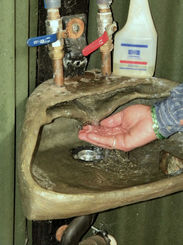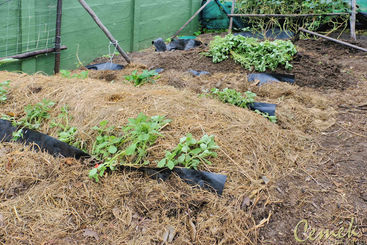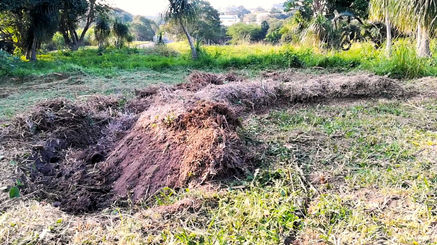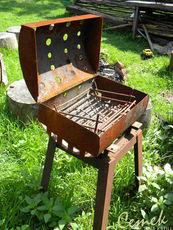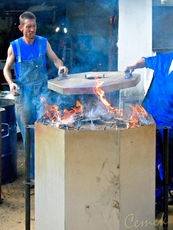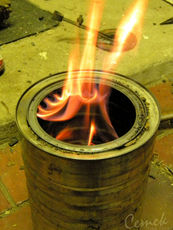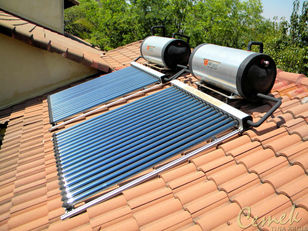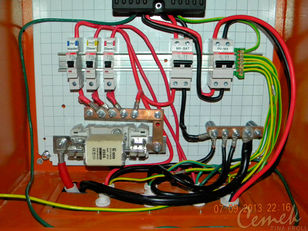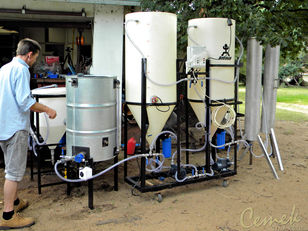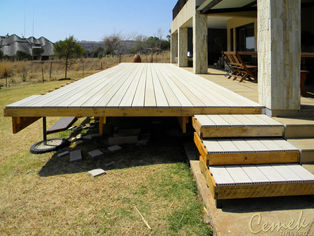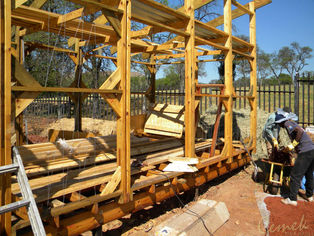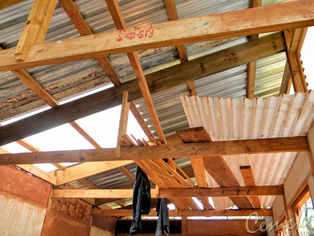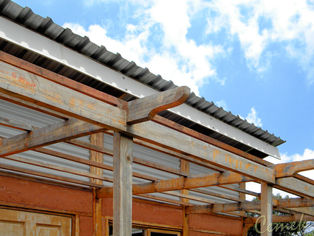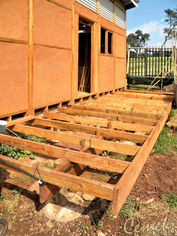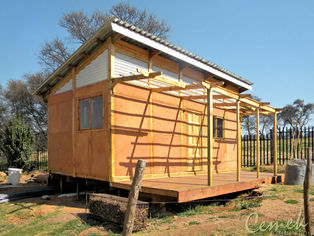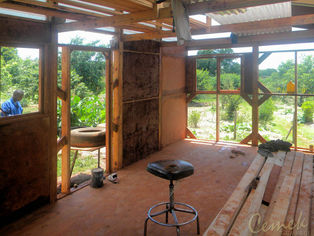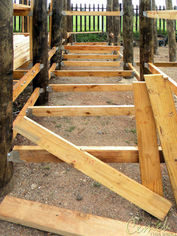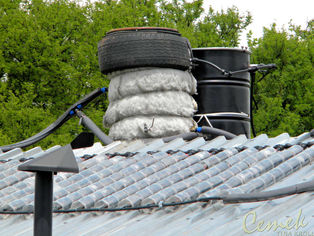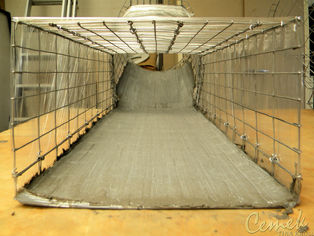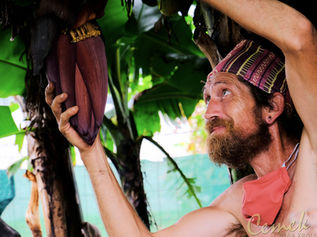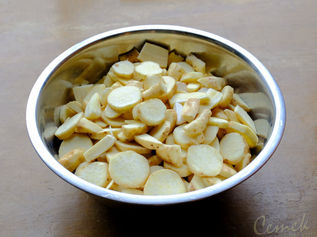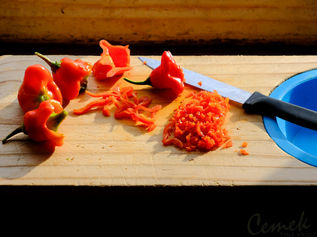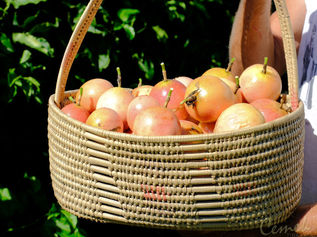
FOOD SECURITY
In this topic we discuss the various stations required to effectively grow food in any home.
The applications are all based on Recycle, Free Resource, Water-wise & Low-effort approaches.
The work stations covered are:
The Kitchen
Catching & processing seeds & cuttings
The Lounge
Packaging & storing your seed bank
The Porch
Preparing & maintaining a nursery for seedlings & cuttings
The Backyard
Composting, Livestock manure & Healthy soil
The Garden
A water-wise & ergonomic approach to beds & trenches
WATER SECURITY
Listed below is an overview of several passive & active systems that harvest & use various types of water found in the average home.
The water sources that we consider are:
From the Pipe
A look at Water Security through storing & treating municipal pipeline water
From the Sky
A focus on Rainwater catchment & 1st Flush systems as an addition to pipeline water storage
From the Home
An understanding of the various water types produced by the built environment
From the Air
Various High-tech & Low-tech means of extracting water from the atmosphere
From the Ground
Ways to access deep & shallow ground water, storm water & river water
ENERGY SECURITY
Listed below are various types of energy systems that we rely on & ways to create, repair, modify & maintain them.
The energy applications represented are:
The Sun
A look at Sun light, Sun heat & Sun power
The Engine
Understanding both internal combustion & external combustion engines & their uses
The Fuel
Considering Biodiesel & Wood fire Engines
The Fire
Wood-gas stoves & Bio-digestors
The Body
Human energy systems & tool modifications
SAFE SHELTER
Listed below are the various ways in which we can create structures in safe & ‘low-footprint’ ways using recycle & local resources along with passive & active, low-tech & high-tech water & energy systems.
The shelter approaches considered are:
Containers
Considering immediate, robust & affordable site occupation.
Earthen Building
Touching on various types of Straw & Clay uses
Ferro-cement
The use of cement for sculpting facilities & fittings
Removable Foundations
Anchoring into the ground & leaving nothing but footprints
Decks, Pergolas & Latices
Raised Platforms & Structures made from natural as well as recycled materials & local resources
How to grow Food in any home
Listed below are the various stations required to effectively grow food in any home.
The applications are all based on Recycle, Free Resource, Water-wise & Low-effort approaches.
The work stations are:
The Kitchen
Catching & processing seeds & cuttings
The Lounge
Packaging & storing your seed bank
The Porch
Preparing & maintaining a nursery for seedlings & cuttings
The Backyard
Composting, Livestock manure & Healthy soil
The Garden
A water-wise & ergonomic approach to beds & trenches.
at the desk
seed sorting





seed storage





in the garden
biomass
grass; grub farm; chicken bedding; mulch; compost;
Biomass is anything organic e.g. kitchen waste, grass-cuttings, reeds, leaves, wood, manure, and some garbage. Biomass is a renewable energy source, organic material made from plants and animals. Waste will always exist. Grass cuttings on plants also assist in retaining moisture. Atmospheric moisture and rain collects in trenches that are lined with plastic sheets and filled with green waste. Garden cuttings also protect young plants from harsh weather conditions. A large heap of garden waste that is in the process of decomposition, generates so much heat, that you can heat up water in a sealed container by placing it inside the pile of compost.





biochar
Biochar is very light wood charcoal filled with tiny holes. It soaks up and holds water, cultivates microbial life, cleans the water, fixes nitrogen in the soil, complements earthworm population density and improves soil health. It is also a water filter medium and a health supplement that is swallowed in the form of capsules to absorb toxins. Even monkeys know this: they eat charcoal in nature when they have an upset stomach.





trenches
conturing; special tools (long spade, hooked spade)




structure
Natural and artificial wind barriers; insect barriers, evaporation barriers.





pioneer plants



in the nursery
Preparing seed trays





Applications & Projects
community initiative




Shelter Applications & Projects
solar pergola




timber & clay





491 carport




for download:
Vuka Valley is the KZN & South Coast Agent
for a waterless toilet called the ZerHo.
It creates a lot of opportunities in Agroecology & Eco-tourism

Vuka Valley's
Waterless Toilet Presentation




















